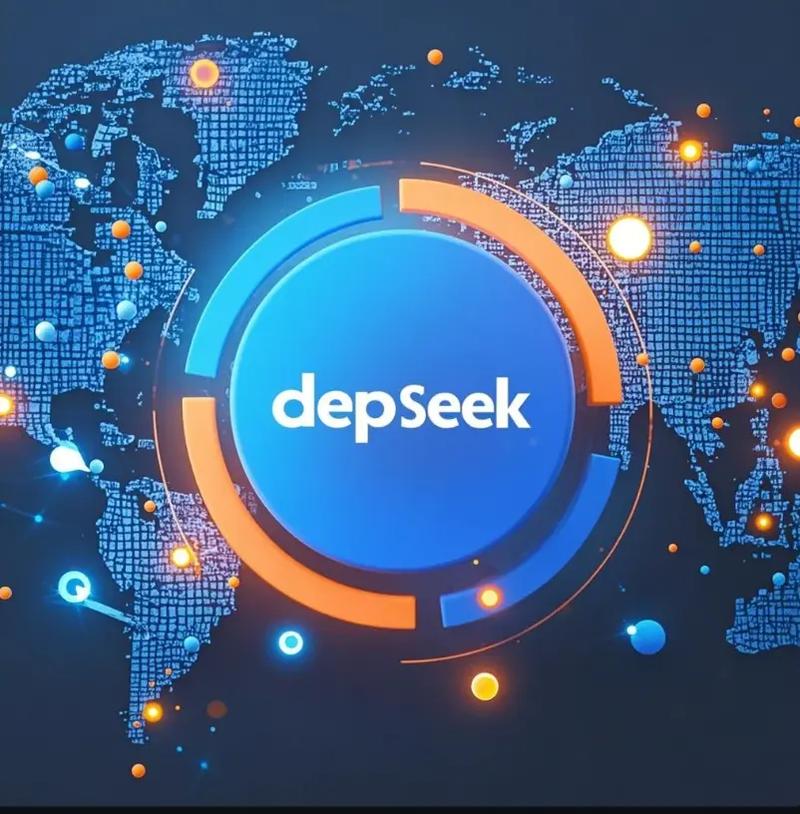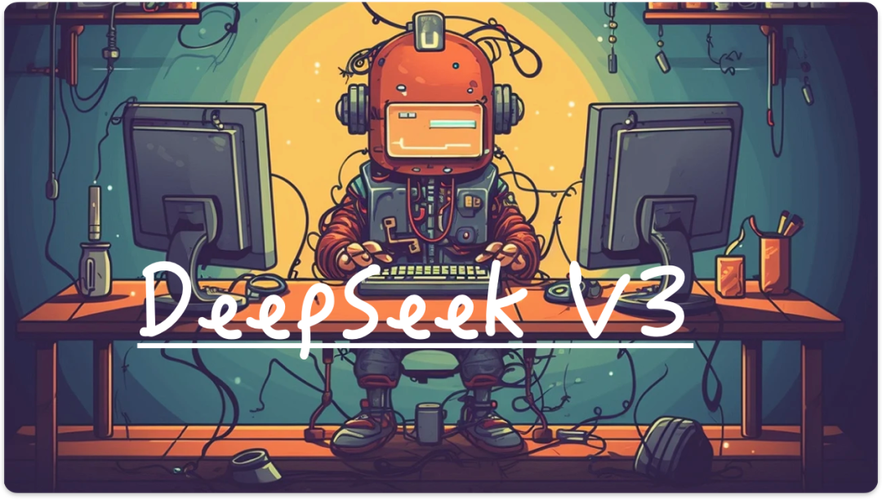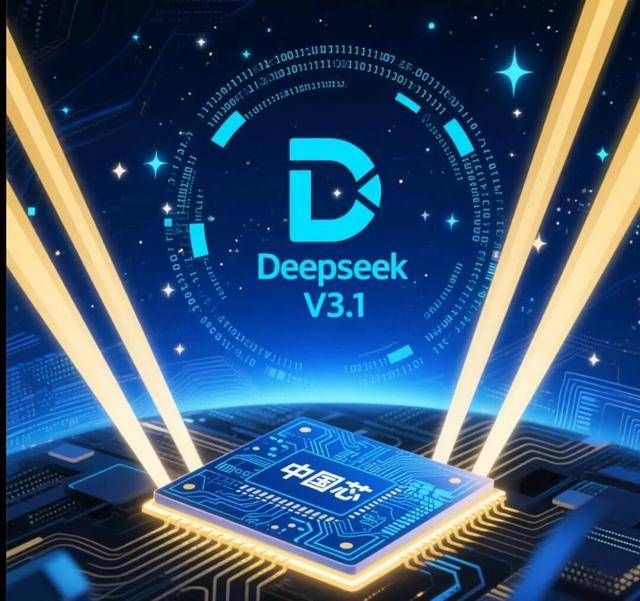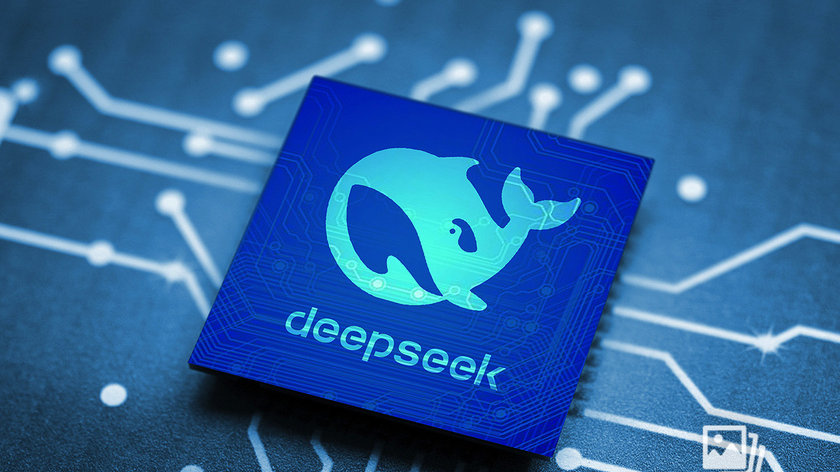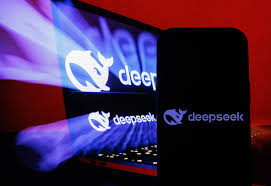The Best Feature of DeepSeek AI: A 2025 Deep Dive
Introduction
In the increasingly competitive landscape of AI models, DeepSeek has emerged as a leading force by offering a unique balance of performance, cost-efficiency, and accessibility. Among its many strengths, one feature stands out as truly transformative: the Mixture-of-Experts (MoE) architecture that powers DeepSeek’s scalable and efficient intelligence.
In this article, we explore what makes DeepSeek's MoE model not only its best feature but also a critical evolution in the development of open-source and enterprise AI technologies. We’ll examine how this architecture impacts inference efficiency, cost reduction, deployment flexibility, and real-world applications.
What Is the Mixture-of-Experts (MoE) Architecture?
The MoE system at the heart of DeepSeek allows the model to selectively activate only a small subset of its total parameters for each inference. Instead of relying on a dense model with hundreds of billions of parameters always working in tandem, DeepSeek activates just 37 billion out of 671 billion parameters at any given time.
Key Advantages:
-
Efficiency: Only needed experts are used per task
-
Scalability: Better for large-scale deployments
-
Cost-effectiveness: Reduces GPU and memory usage
This approach mirrors how human cognition works — using specific knowledge clusters ("experts") for specific problems.
Why It Matters: The Deep Efficiency Revolution
1. Lower Computational Costs
DeepSeek can operate at a fraction of the computational cost of traditional dense models like GPT-4, Claude 3.5, or Gemini. Thanks to MoE:
-
Fewer GPUs are needed for inference
-
Cloud API costs are 90–95% lower
-
Energy consumption is significantly reduced
2. Massive Context Window Without the Trade-Offs
While models with long context windows often struggle with latency, DeepSeek maintains 128K token support with remarkably low inference time (~90 tokens/sec). This makes it ideal for:
-
Legal document analysis
-
Scientific literature review
-
Long conversational memory in chatbots
3. Adaptability for Local Deployment
Because DeepSeek’s activated parameter set is so compact, it is suitable for on-premise deployments using mid-range AI hardware like the NVIDIA RTX 4090 or A100. This makes DeepSeek a serious candidate for:
-
Edge AI
-
Confidential medical data processing
-
Offline enterprise AI applications
Additional Benefits of DeepSeek’s MoE System
Custom Expert Specialization
MoE also paves the way for fine-tuning specialized experts:
-
One expert might specialize in medical terminology
-
Another in legal code
-
A third in scientific reasoning
This modularity means researchers can inject domain-specific knowledge without re-training the entire model.
Load Balancing Without Performance Loss
DeepSeek incorporates auxiliary-loss-free load balancing, ensuring that no single expert becomes a bottleneck. This innovation increases stability during training and smooths inference response times.
Real-Time Token Generation
Despite its complexity, DeepSeek V3-0324 delivers real-time performance:
-
First-token latency: ~1.2s (vs GPT-4’s ~2.7s)
-
Generation throughput: Up to 90 tokens/sec
-
Fast retrieval for 128K token contexts
Use Cases Leveraging DeepSeek’s MoE Feature
1. Academic Research & Summarization
The ability to activate specific experts makes DeepSeek ideal for summarizing technical documents in fields like:
-
Biomedical engineering
-
AI ethics
-
Environmental science
2. Enterprise Workflows
Companies can customize DeepSeek experts for:
-
HR onboarding workflows
-
Legal contract review
-
B2B customer service chats
3. AI Development & Fine-tuning
Developers benefit from lower costs and greater transparency:
-
MoE models support modular fine-tuning
-
Open-source weights can be deployed via Hugging Face or vLLM
Comparison: DeepSeek’s MoE vs Traditional Dense Models
| Feature | DeepSeek (MoE) | GPT-4 / Claude 3 (Dense) |
|---|---|---|
| Active Parameters | 37B | ~175B (always active) |
| Inference Cost | Low | High |
| Latency | ~1.2s | ~2.7s+ |
| Context Window | 128K | 128K |
| Deployment | Local + API | API only |
Verdict:
DeepSeek’s MoE architecture represents a smarter, leaner, and more flexible approach to large language models.
Community Sentiment and Recognition
Since the release of DeepSeek V3-0324:
-
It has outperformed GPT-4 in multilingual tasks
-
Surpassed expectations in code generation and structured output
-
Sparked international praise for its open-source philosophy
It’s been widely adopted by:
-
Academic researchers in Asia
-
Government labs in Europe
-
Startups looking to build low-cost AI infrastructure
The Future of DeepSeek and MoE Models
Continued Innovation
The DeepSeek team is expected to:
-
Expand expert pool modularity
-
Introduce model compression for mobile use
-
Improve multi-token prediction efficiency
Competitive Pressure on U.S. Models
As DeepSeek grows:
-
U.S. models may need to embrace MoE-like structures
-
We’ll likely see more hybrid architectures combining dense and sparse elements
Conclusion
The best feature of DeepSeek AI is undeniably its Mixture-of-Experts (MoE) architecture. It isn’t just a technical novelty — it redefines what efficient, open, and affordable large language models can look like.
By dramatically reducing costs, enabling flexible deployment, and supporting expert-level specialization, DeepSeek has positioned itself not just as an alternative to ChatGPT or Claude — but as a future-defining platform for the next generation of AI development.
Whether you're a researcher, a developer, or an enterprise executive, DeepSeek’s MoE system invites you to imagine an AI ecosystem where power, efficiency, and openness aren’t mutually exclusive — they’re core design principles.
Would you like this article turned into a presentation or translated into Mandarin?

